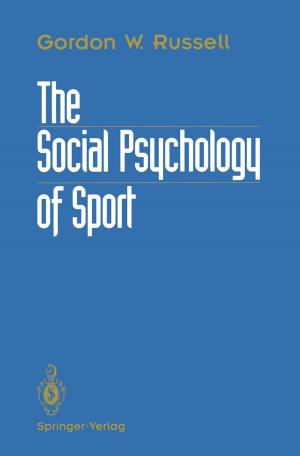Polycystic Ovary Syndrome
Nonfiction, Health & Well Being, Medical, Specialties, Internal Medicine, Endocrinology & Metabolism, Gynecology & Obstetrics| Author: | ISBN: | 9781461384830 | |
| Publisher: | Springer New York | Publication: | December 6, 2012 |
| Imprint: | Springer | Language: | English |
| Author: | |
| ISBN: | 9781461384830 |
| Publisher: | Springer New York |
| Publication: | December 6, 2012 |
| Imprint: | Springer |
| Language: | English |
The term polycystic ovary syndrome (peOS) is meant to describe a clinical endocrinopathy characterized by menstrual irregularity and evidence of hyperandrogenism. While recognized since the 1800s, a clinical composite was not constructed until 1935 when Stein and Leventhal reported their findings of seven women with infertility, menstrual dysfunction, hirsutism, and enlarged ovaries. Notably, the ovaries contained numerous multiple cysts and the ovarian capsule was thickened. At the time, this preciseness of definition was sufficient to entitle the entity Stein-Leventhal syndrome. Subsequently, over the intervening years as investigators attempted to un ravel the pathophysiology and genesis of this disorder and the number of reported studies increased, there ensued a gradual and distinct terminologic conversion to polycystic ovary syndrome, which, whether intentional or not, connoted a less well-defined condition. Perhaps this is appropriately so, given the seemingly broadening spectrum of clinical presentations and the continuing debate over what constitutes peos. The expansive new knowledge about peos was discussed to a significant degree at an international symposium organized by Serono Symposia USA and held in Boston in the late spring of 1995. Ovarian physiology, including the fate of the follicular unit, was a central focus with several presentations on the genesis, growth, and death of ovarian cellular components. A discus sion of the regulation of ovarian cell function was also highlighted and comprised a major portion of the program.
The term polycystic ovary syndrome (peOS) is meant to describe a clinical endocrinopathy characterized by menstrual irregularity and evidence of hyperandrogenism. While recognized since the 1800s, a clinical composite was not constructed until 1935 when Stein and Leventhal reported their findings of seven women with infertility, menstrual dysfunction, hirsutism, and enlarged ovaries. Notably, the ovaries contained numerous multiple cysts and the ovarian capsule was thickened. At the time, this preciseness of definition was sufficient to entitle the entity Stein-Leventhal syndrome. Subsequently, over the intervening years as investigators attempted to un ravel the pathophysiology and genesis of this disorder and the number of reported studies increased, there ensued a gradual and distinct terminologic conversion to polycystic ovary syndrome, which, whether intentional or not, connoted a less well-defined condition. Perhaps this is appropriately so, given the seemingly broadening spectrum of clinical presentations and the continuing debate over what constitutes peos. The expansive new knowledge about peos was discussed to a significant degree at an international symposium organized by Serono Symposia USA and held in Boston in the late spring of 1995. Ovarian physiology, including the fate of the follicular unit, was a central focus with several presentations on the genesis, growth, and death of ovarian cellular components. A discus sion of the regulation of ovarian cell function was also highlighted and comprised a major portion of the program.















